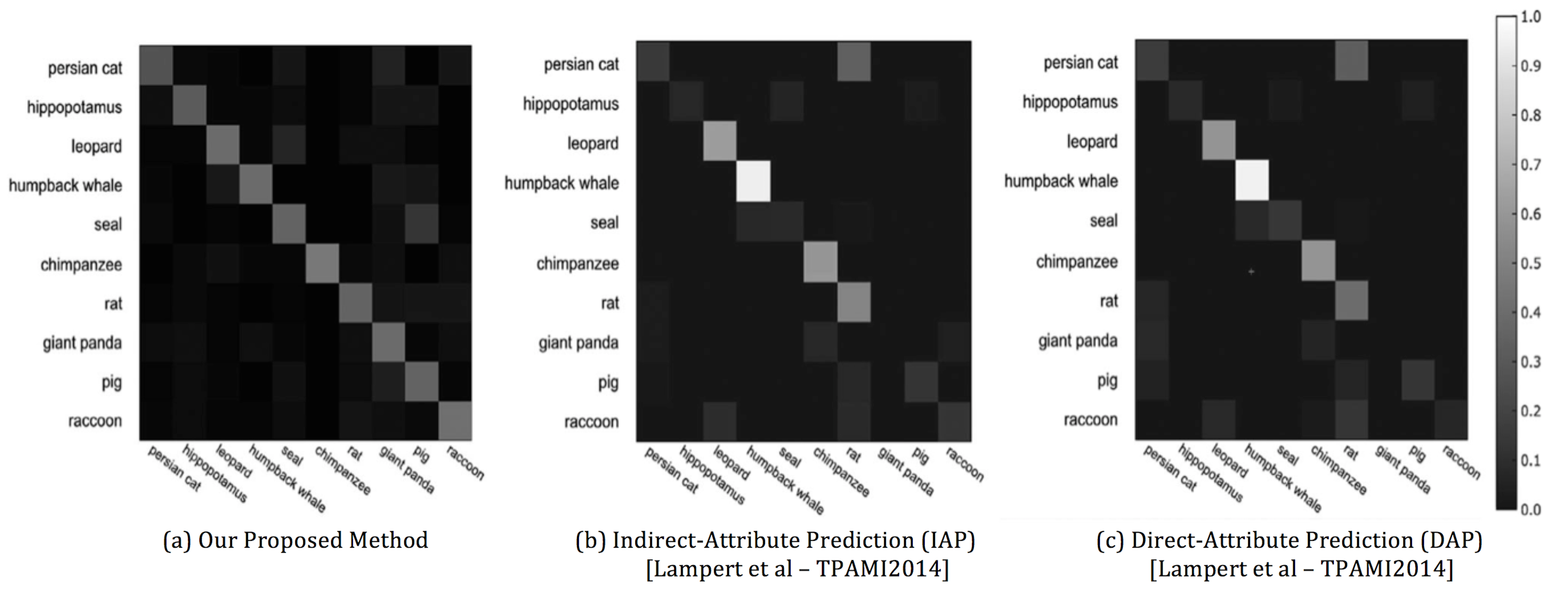Zero-Shot Object Recognition System based on Topic Model
Abstract: Conventional tracking solutions are not able to deal with abrupt motion as these are based on a smooth motion assumption or an accurate motion model. Abrupt motion is not subject to motion continuity and smoothness. We address this problem by casting tracking as an optimisation problem and propose a novel abrupt motion tracker based on swarm intelligence – the SwATrack. Unlike existing swarm-based filtering methods, we first of all introduce an optimised swarm-based sampling strategy for a tradeoff between the exploration and exploitation of the state space in search for the optimal proposal distribution. Secondly, we propose Dynamic Acceleration Parameters (DAP) that allow on the fly tuning of the best mean and variance of the distribution for sampling. Combining the two strategies within the Particle Swarm Optimisation framework represents a novel method to address abrupt motion. To the best of our knowledge, this has never been done before. Thirdly, we introduce a new dataset – the Malaya Abrupt Motion (MAMo) dataset that consists of 12 videos with groundtruth. Finally, experimental on both quantitative and qualitative results have shown the effectiveness of the proposed method in terms of dataset unbiased, object size invariant and fast recovery in tracking the abrupt motions.
Journal Paper: IEEE Transactions on Human-Machine Systems, vol. 45(4), pp. 518-525 (T-HMS 2015), arXiv:1410.3748
Zero-Shot Object Recognition System based on Topic Model
Wai Lam Hoo and Chee Seng Chan
Conference Paper: Proc. of IEEE International Conference on Image Processing, pp. 4297-4301 (ICIP 2013)
PLSA-based Zero-Shot Learning
Wai Lam Hoo and Chee Seng Chan
Paper Highlights:
- We proposed
- A topic model to replace the attributes so that extensive human supervision is no longer required, and
- A Hierarchical Class (HiC) concept to relate the unseen classes to the existing seen classes.
- Result: State-of-the-art results in Animals with Attributes (AwA) dataset (49.65%).
Qualitative Results: The Experimental results on AwA dataset1 demonstrate the effectiveness of using our proposed method in zero-shot learning.

Benchmark Results: Below shows the comparison between our proposed method and current solutions in AwA dataset1. It can be seen that our proposed method achieve state-of-the-art results at the time of publication.

Acknowledgement
This research is based upon work supported by the High Impact Research MoE Grant UM.C/625/1/HIR/MoE/ FCSIT/08, H-22001-00-B0008 from the Ministry of Education Malaysia and the UM Bright Sparks Programme. Any opinions, findings, and conclusions or recommendations expressed in this material are those of the author(s) and do not necessarily reflect the views of the University of Malaya.